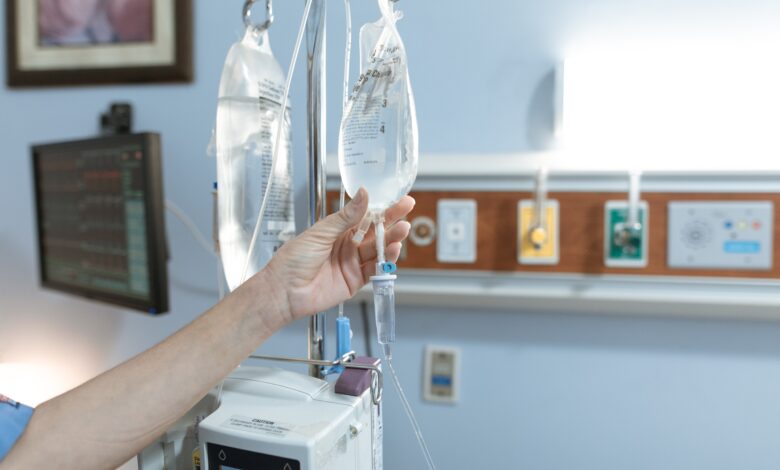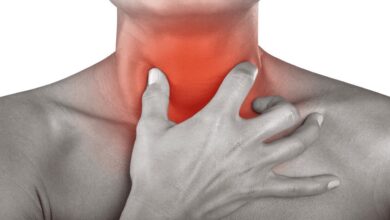
How to recognize a transient ischemic attack?
The symptoms of TIA are the same as those of stroke, but for a shorter duration (from a few minutes to a few hours at most). Here are the most common symptoms:
- Sudden loss of sight in one eye;
- Facial paralysis on one side;
- Difficulties in expressing themselves over a short period of time;
- Loss of strength in a limb (arm, leg), on the same side.
What to do after having had a TIA?
Consult your doctor soon
The mistake not to make after a TIA would be to take it lightly. TIA is often a precursor to stroke. Thus, even if you feel better after a few minutes, and the symptoms have completely disappeared, you will still need to quickly approach a health professional to perform a brain function check. For example, it is possible that the cause of a clot in an artery of the brain is still present, and that a new one forms, this time larger.
Contact the SAMU
If in doubt, it is possible to contact the SAMU as soon as symptoms appear over several minutes. Once these have disappeared, it is better to quickly consult your doctor without waiting.
Hospitalization
If the doctor deems it necessary, hospitalization will be recommended while certain tests are carried out:
- MRI (Magnetic Repulsion Imaging);
- Ultrasound of the neck or heart arteries;
- Blood test.
TIA: how to prevent it
The causes of TIA are diverse, and often related to the patient’s lifestyle or various pathologies:
- Presence of high cholesterol in the blood;
- Diabetes ;
- High blood pressure;
- Obesity, physical inactivity;
- Tobacco, alcohol;
- Arrhythmia, a heart rhythm disorder.
Each of these causes will have a different prevention, from diet to physical exercise, which you will need to target with your doctor.














